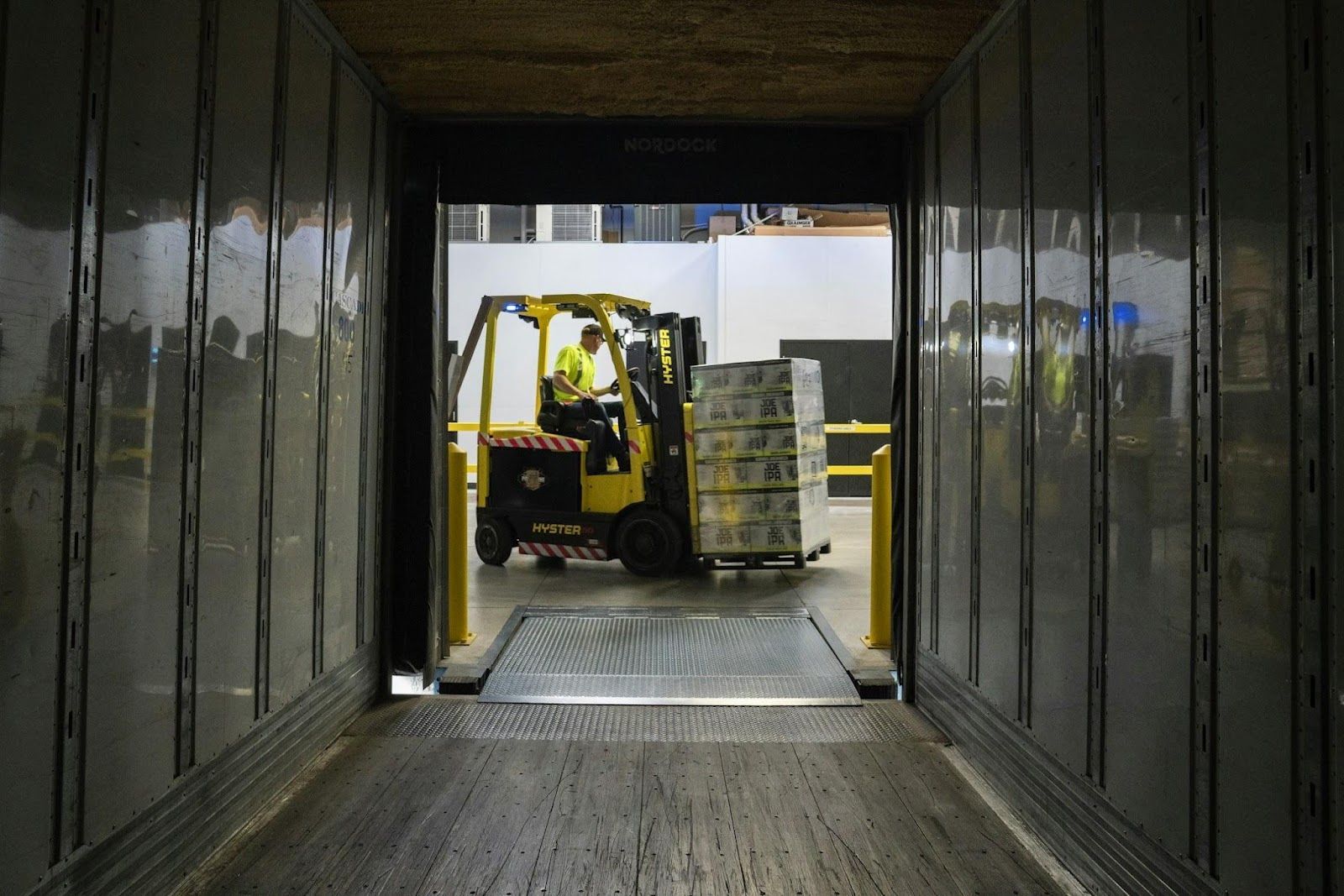From page to big screen
Who wrote this? 9 romantic films inspired by literary classics
Published on August 22, 2025
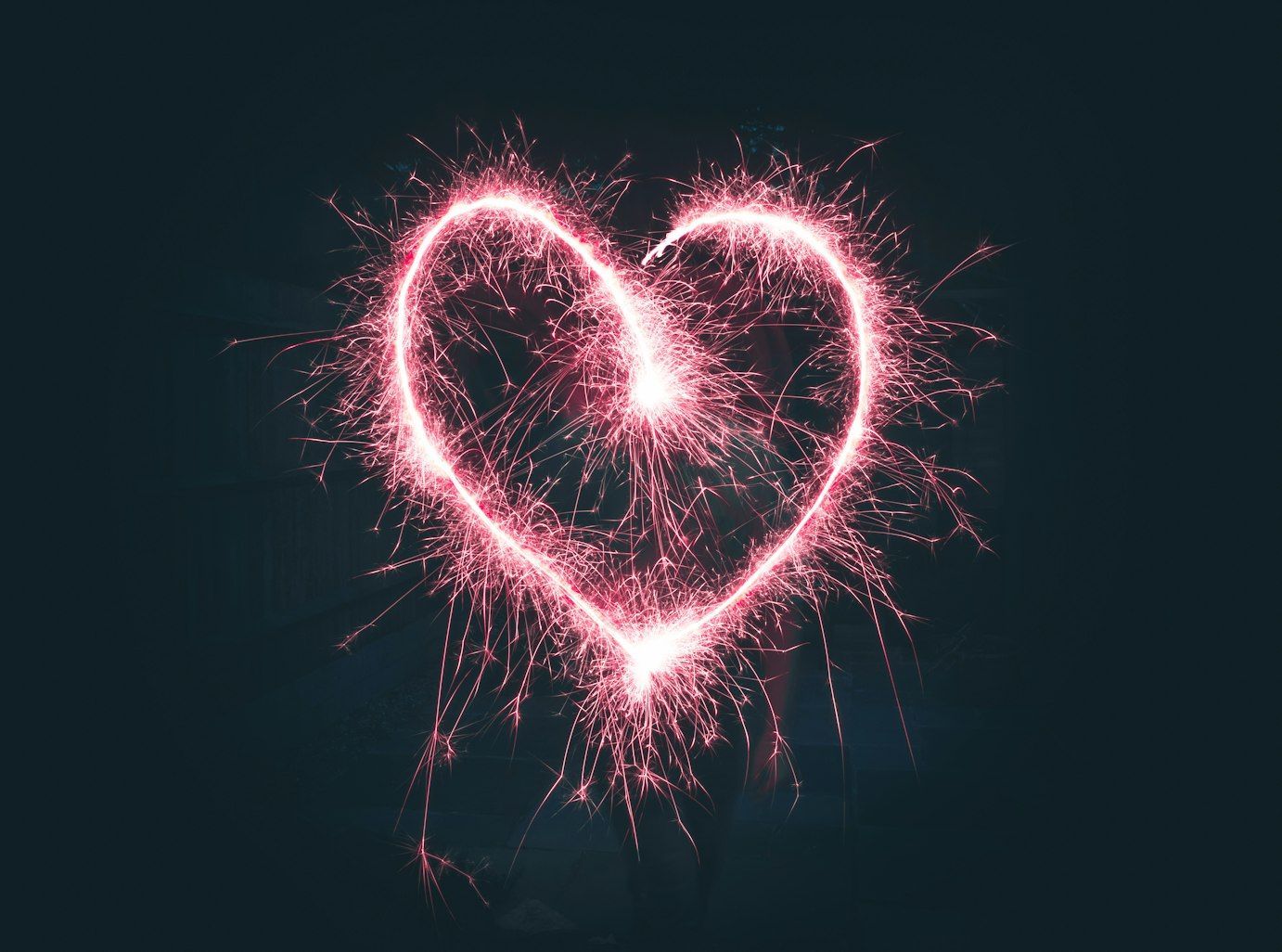 Credit: Jamie Street
Credit: Jamie Street
Many are quick to dismiss the Romantic film genre as superfluous, unrealistic, or shallow. There is a widespread belief that the scripts of romantic comedies are filled with cliches, and that they all follow the same formula, making them predictable and depth-lacking**.** On the other hand, romantic dramas don’t always receive better criticism. While this might be true for some movies, there are plenty of romantic films with good scripts. In fact, many beloved films from this genre are based on known literary works. Let’s go through some romantic films you might not know were based on a classic!
Clueless (1995): Emma by Jane Austen
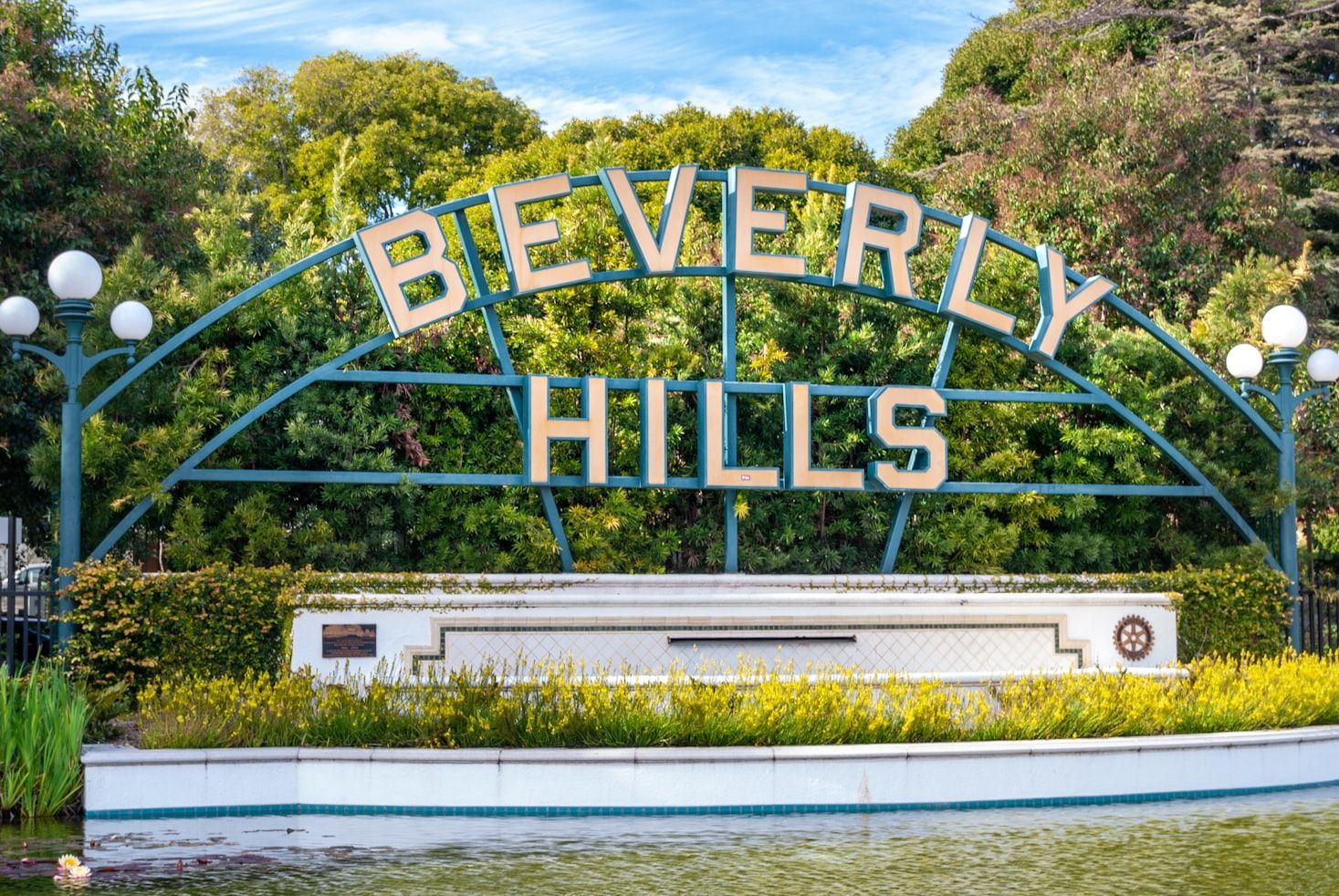 Credit: David Vives
Credit: David Vives
Let’s start with a bona fide classic of the '90s. Here, instead of Regency-era rich and spoiled Emma Woodhouse and her matchmaking meddlings, we have ‘90s fashionista Cher, also rich and spoiled, also meddling, but this time in high-school drama.
_Emma_’s country soirees might be changed for pastel colors and Beverly Hills, but Austen’s core idea remains: Well-intentioned good deeds might not always be what others need from us.
Easy A (2010): The Scarlet Letter by Nathaniel Hawthorne
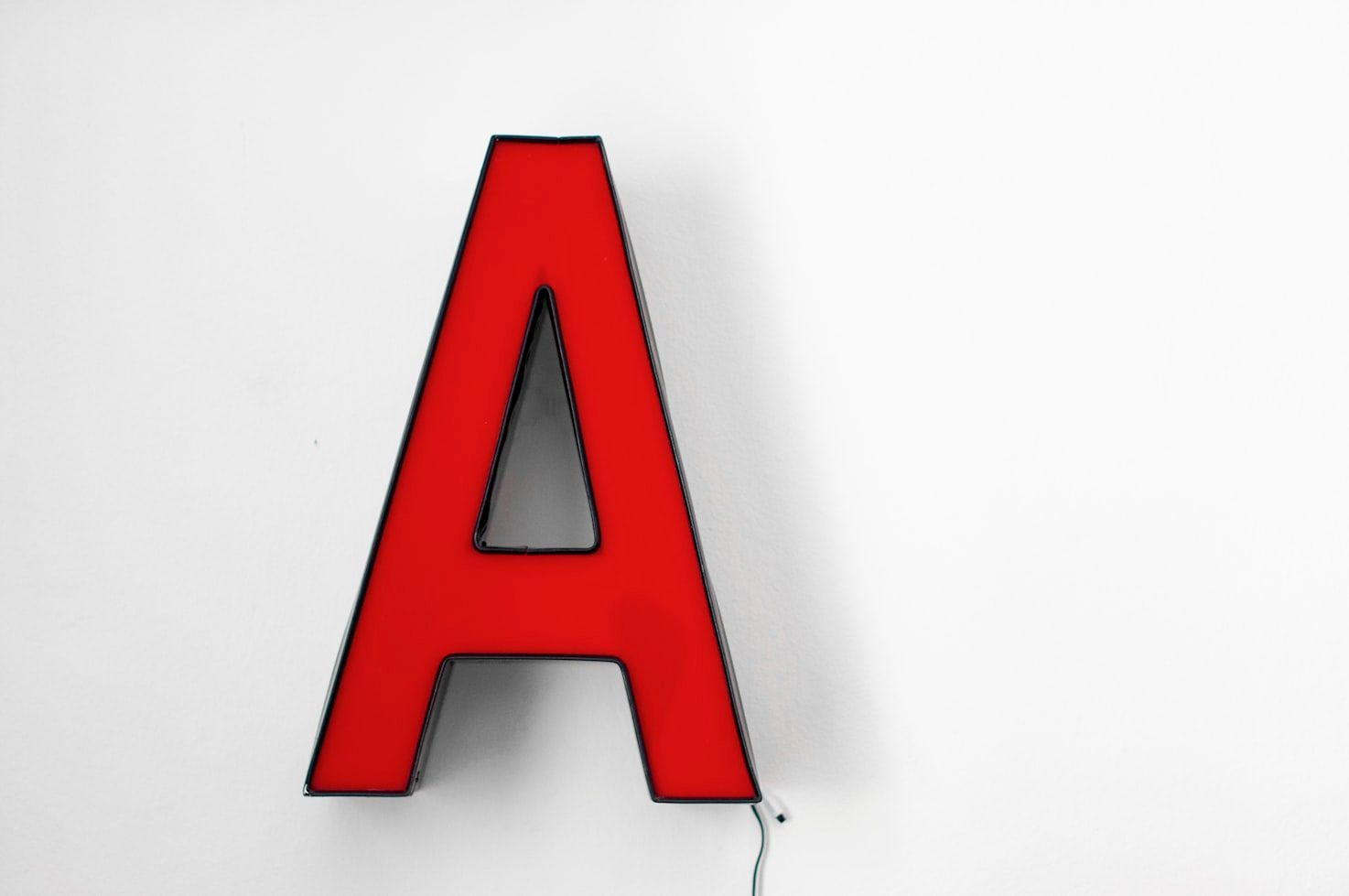 Credit: Aneta Pawlik
Credit: Aneta Pawlik
In Easy A, the literary text works both as inspiration and as a plot device. With her "good reputation" in shambles due to a white lie and a series of out-of-control rumors, teenager Olive Penderghast decides to own up to her bad reputation and wear a red letter A on her chest, inspired by Hawthorne’s depiction of a single mother in a 17th-century Puritan community.
While _Easy A_’s story is more lighthearted than the one in The Scarlet Letter, both showcase the results of hypocrisy, rumors, and public shaming.
Ten Things I Hate About You (1999): The Taming of the Shrew by William Shakespeare
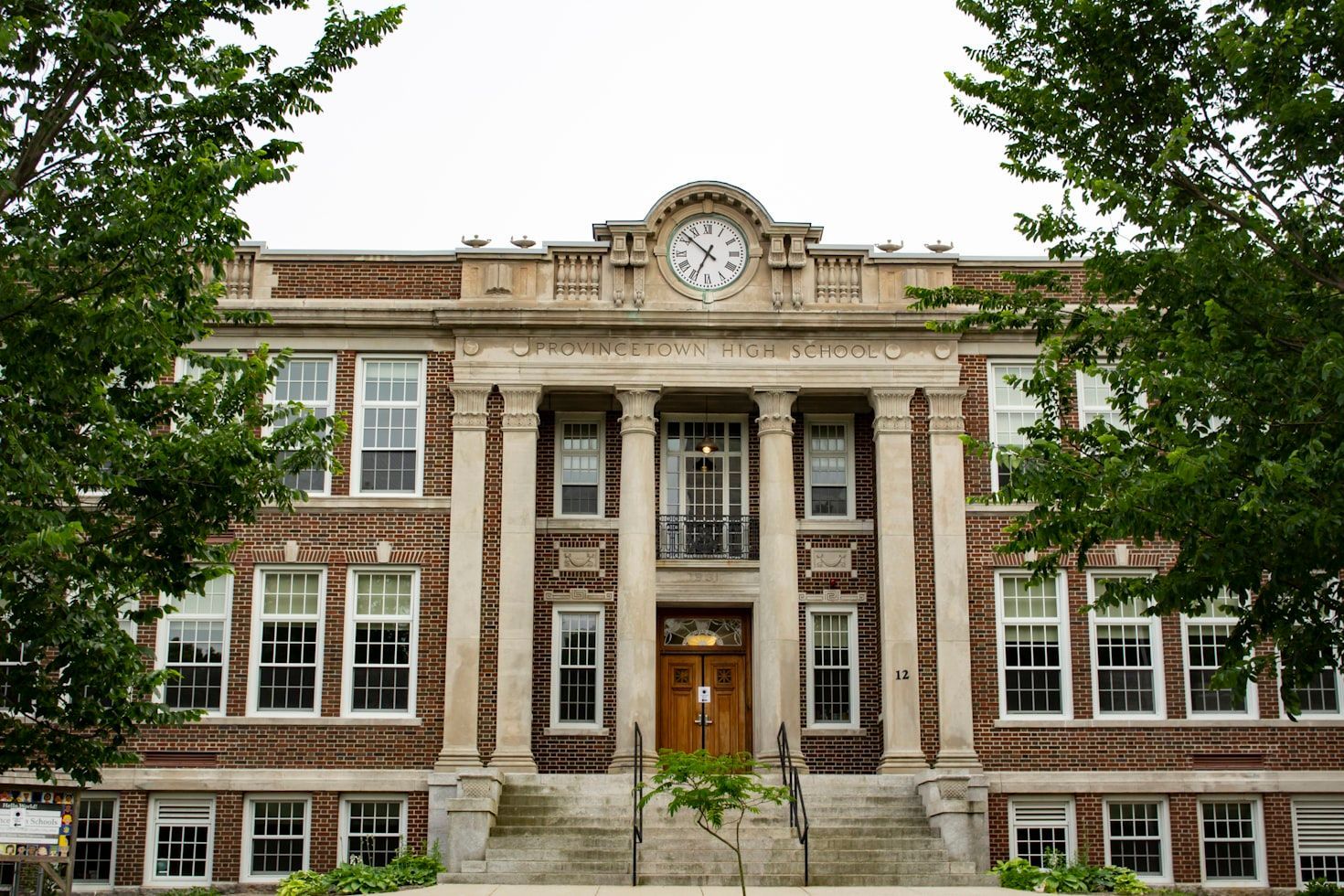 Credit: Gautam Krishnan
Credit: Gautam Krishnan
Another cult classic from the ‘90s, this time reversioning a comedy by William Shakespeare. In The Taming of the Shrew, the suitors of Bianca, unable to marry until her ill-tempered sister Kate does, pay Petruccio to wed her.
The 90s version is set in high school, so there are no marriages in sight. Instead, the prize is being able to date Bianca and take her to prom, something Kate has no interest in doing herself.
She’s All That (1999): Pygmalion by Bernard Shaw
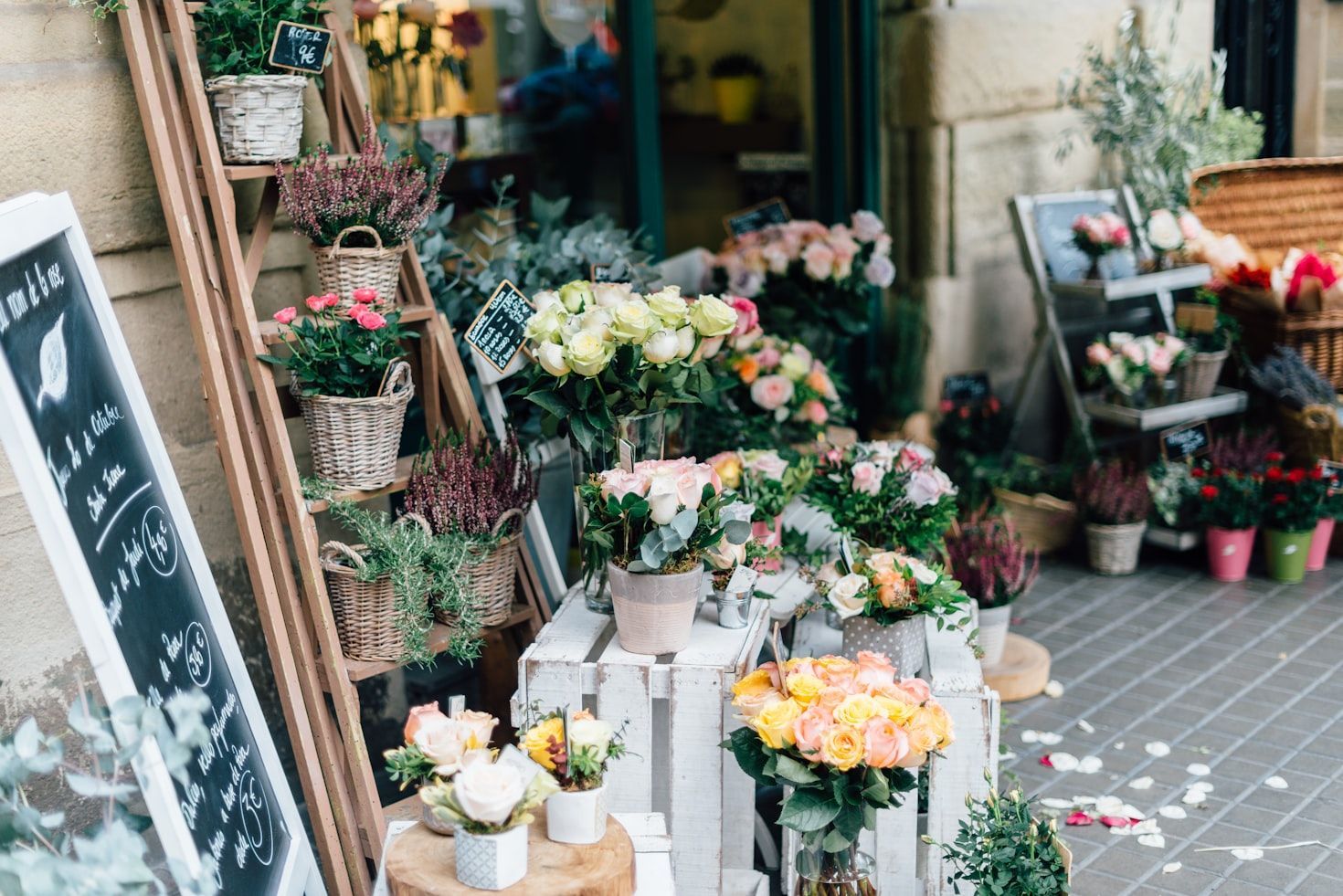 Credit: Roman Kraft
Credit: Roman Kraft
While not everyone has read Shaw’s Pygmalion and its tale of turning a low-class florist into a high-class lady, everyone knows its most famous film adaptation, My Fair Lady (originally a musical). But did you know that the 90s also have their own version?
In this RomCom classic, popular boy Zach bets he can turn anyone into the school’s prom queen. His chosen target? Not-so-popular, artsy, low-profile Laney.
Cold Mountain (2003): The Odyssey by Homer
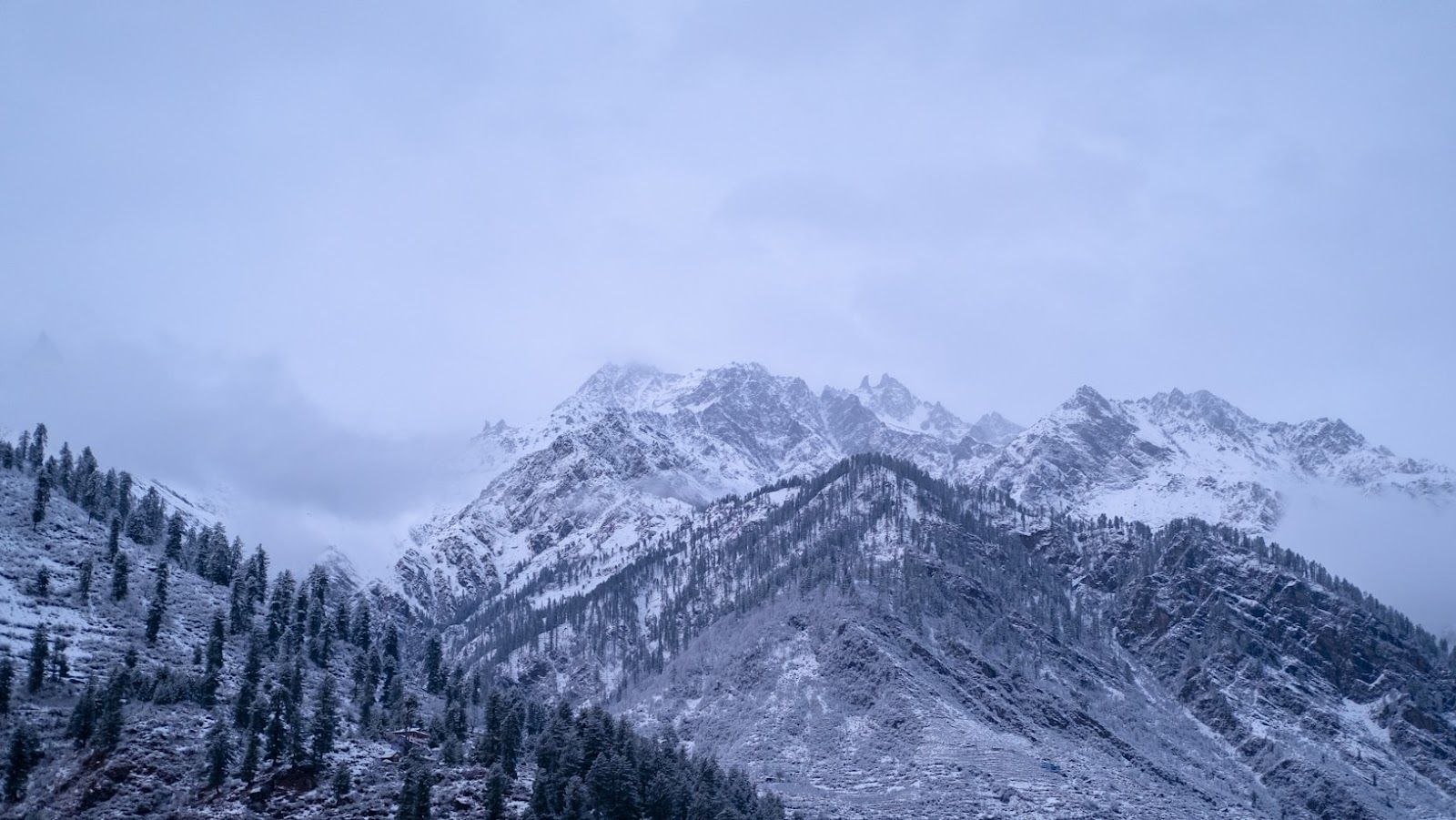 Credit: Vikram Aditya
Credit: Vikram Aditya
This Civil War romantic drama is the film adaptation of a novel by Charles Frazier, but the plot is not necessarily original: a young man left the woman he loves behind when he went to war, and the journey back is treacherous, hard, and filled with danger. Rings any bells?
That’s right, Inman’s journey back to Ada is a retelling of Homer’s Odyssey, but using a real-life character. The protagonist, W. P. Inman, was Frazier’s great-granduncle.
Moulin Rouge! (2001): The Lady of the Camellias by Alexandre Dumas fils
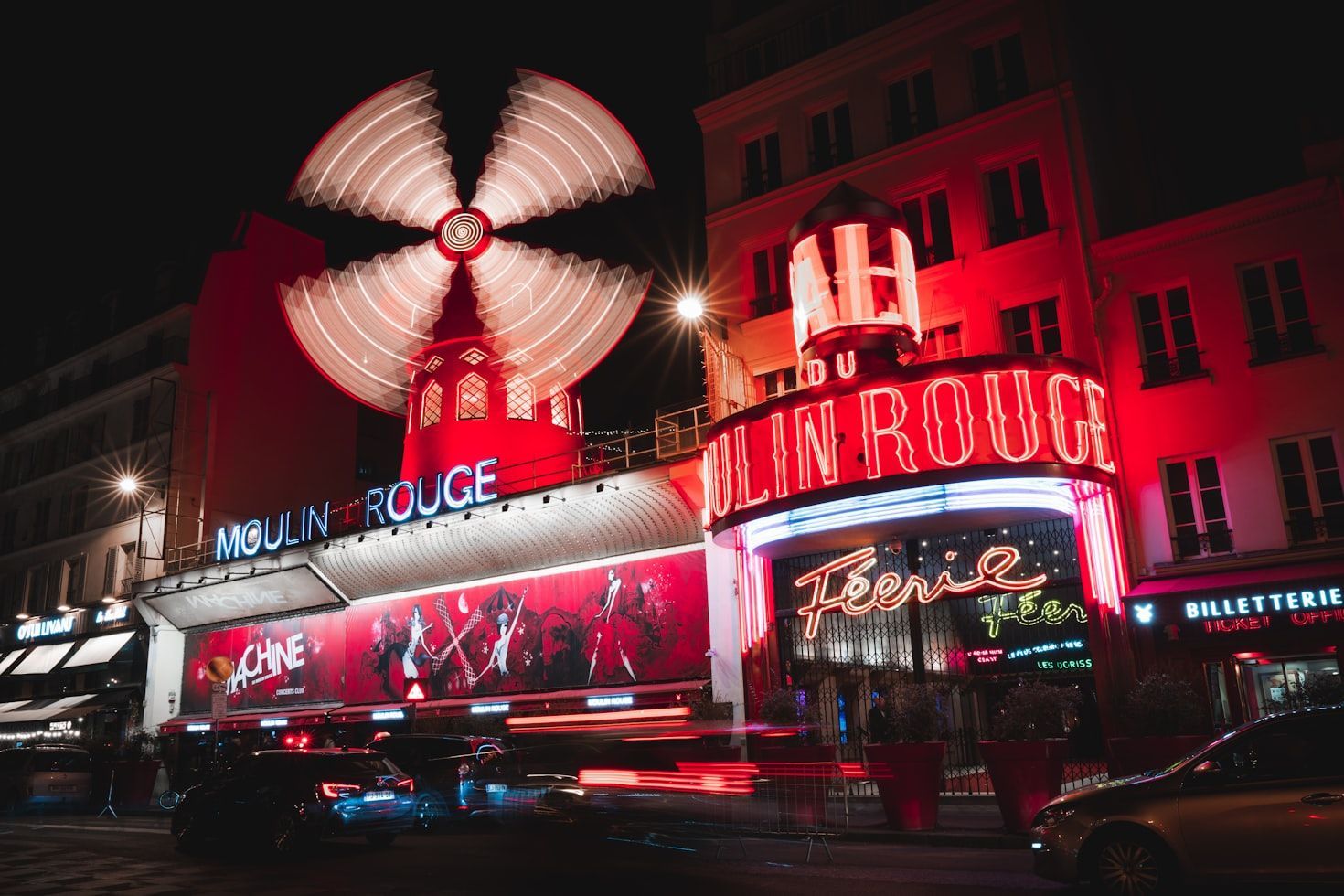 Credit: Liam McGarry
Credit: Liam McGarry
This musical romantic drama is known for its eclectic soundtrack, its cast, and its tragic history. Many people recognize the opera La Boheme as one of the inspirations behind Christian and Satine’s tragic history, and they are not wrong. However, director and writer Baz Luhrmann has also pointed to a French literary classic as a source.
The Lady of the Camellias (also known as Camille) is a novel by Alexandre Dumas fils (not the one who wrote about musketeers, but his son). It tells the story of the affair between Marguerite, a courtesan who suffers from tuberculosis, and young Armand. Like its film adaptation, Dumas' story is both romantic and tragic.
A Knight’s Tale (2001): The Knight’s Tale by Geoffrey Chaucer
 Credit: Casper Johansson
Credit: Casper Johansson
Some could say that A Knight’s Tale doesn’t really count as a romantic comedy, but the romantic element is important enough to make it part of this list. If you saw the film, you might remember William’s friend Geoffrey Chaucer, played by Paul Bettany. He was a real person and one of the most important writers of English literature.
A Knight’s Tale is a reinterpretation of Chaucer’s The Knight’s Tale, from the Canterbury Tales: it tells the story of two knights who duel for the hand of a woman. In the film’s end, everything comes full circle when Chaucer decides to write the story down.
John Tucker Must Die (2006): The Merry Wives of Windsor by William Shakespeare
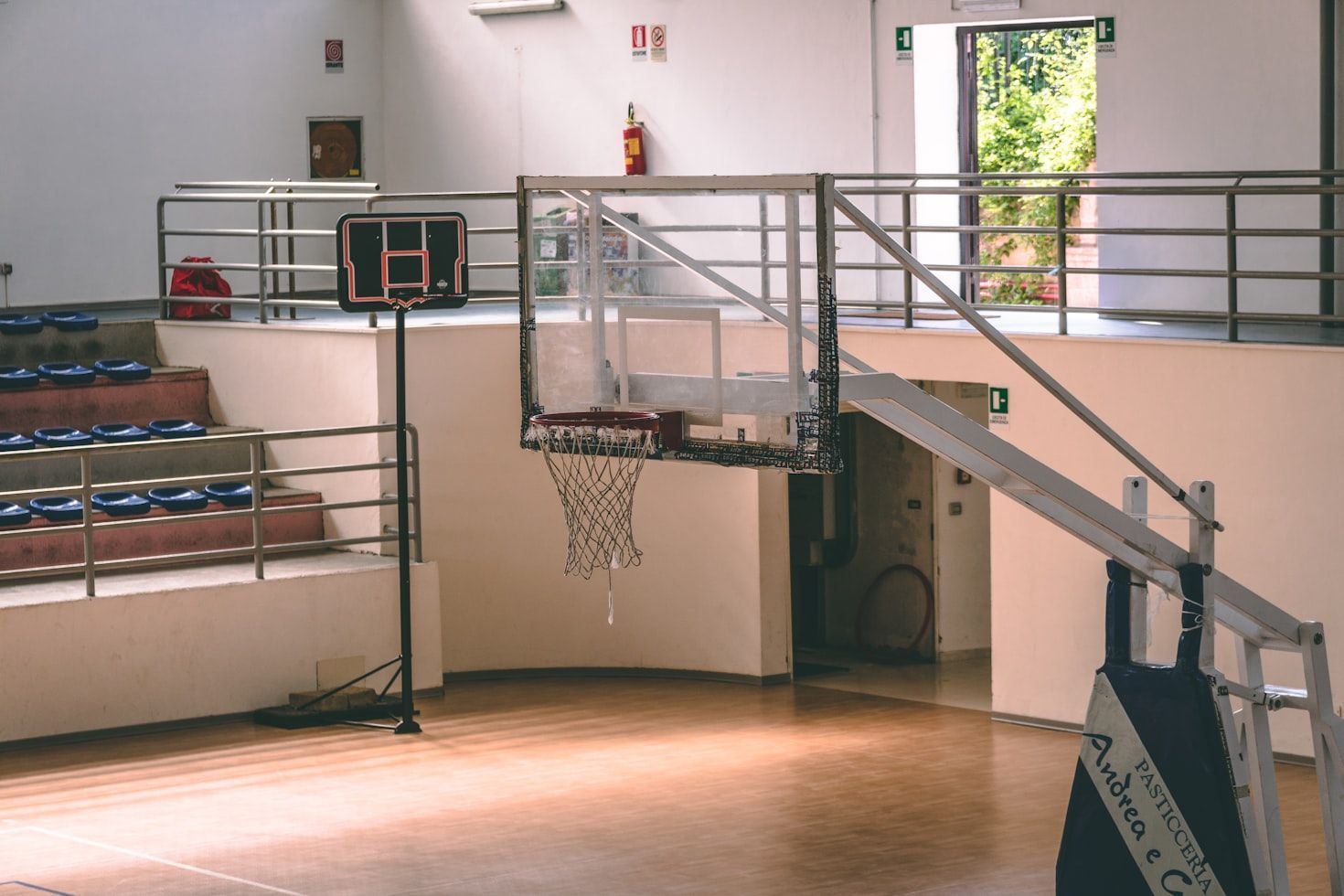 Credit: Fulvio Ambrosanio
Credit: Fulvio Ambrosanio
In the comedy by Shakespeare, we see John Falstaff (a drunkard, gambler, and a recurring character in various plays by the Bard) wooing several married women for financial gain, but the tables are turned on him when the women realize his plan and join forces to get revenge.
How does this translate to a 2000s teen comedy? Another John (now John Tucker), a popular high school athlete, is dating several girls at once. When the girls find out, they plan to make him fall in love with one of their friends, and then break his heart and publicly humiliate him.
Roxanne (1987): Cyrano de Bergerac by Edmond Rostand
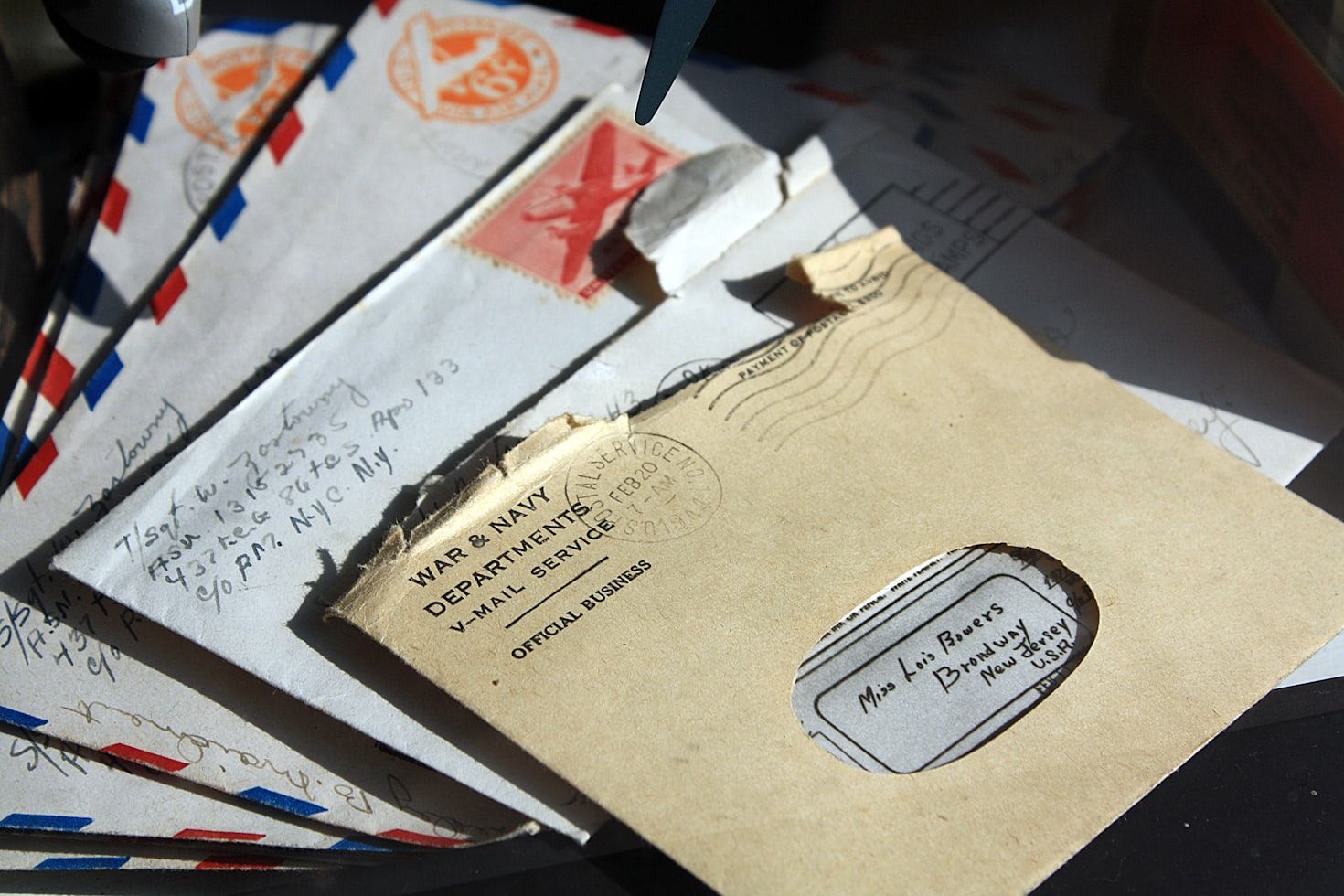 Credit: sue hughes
Credit: sue hughes
Cyrano de Bergerac has been the source of several romantic films, both tragic and comedic, with different takes on big-nosed Cyrano and his letters. In this ‘80s version, Cyrano is Charlie (also big-nosed and ashamed of it), in love with beautiful Roxanne.
Believing Roxanne is interested in Charlie’s coworker Chris, he starts coaching him on how to woo her and writes Roxanne letters under Chris’s name. Luckily for everyone involved, this version has a less tragic ending than the original play.










